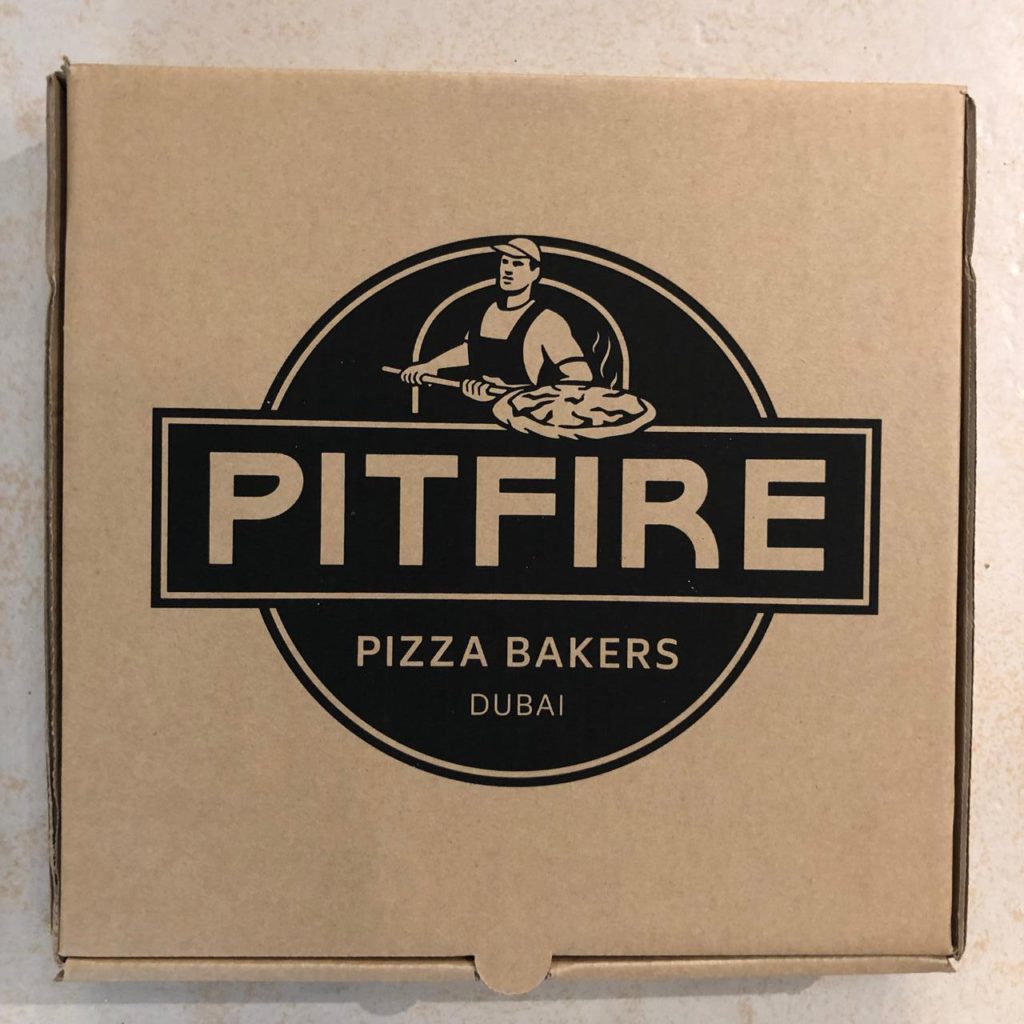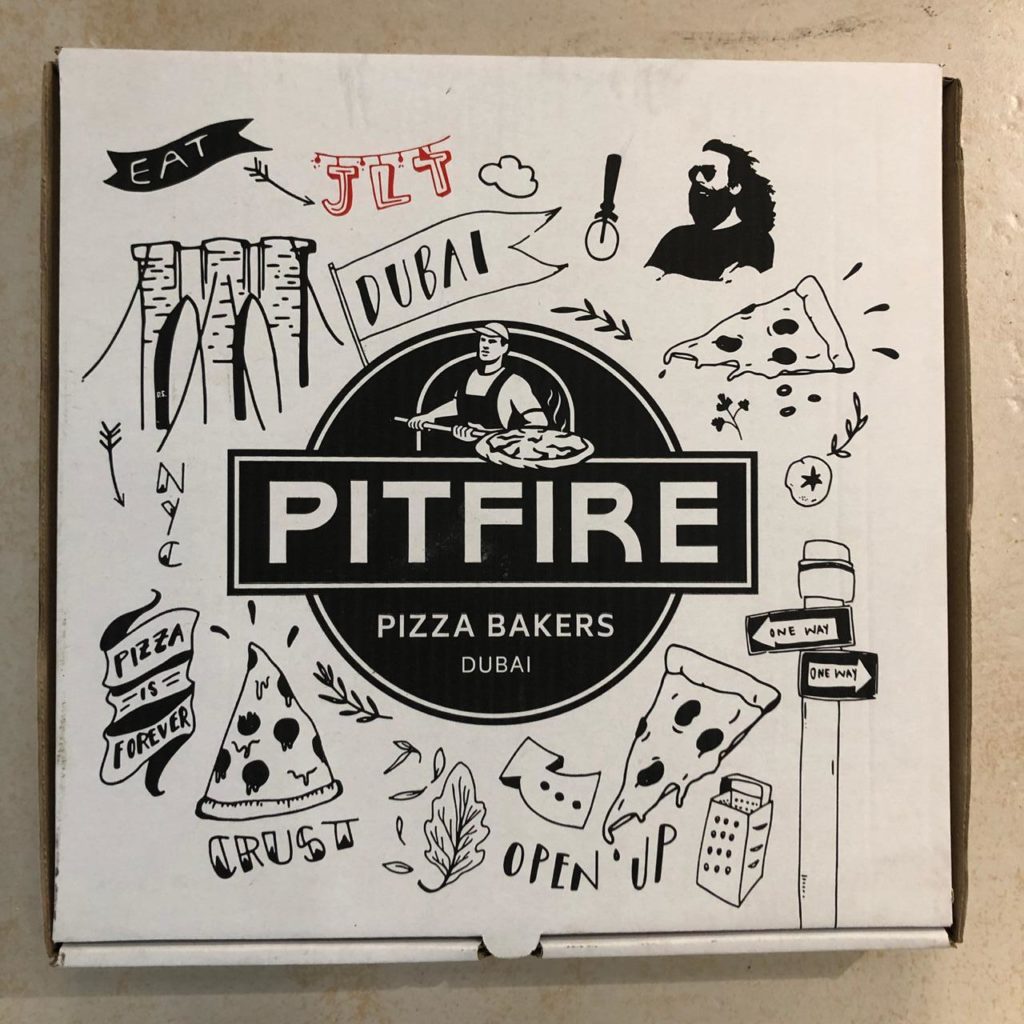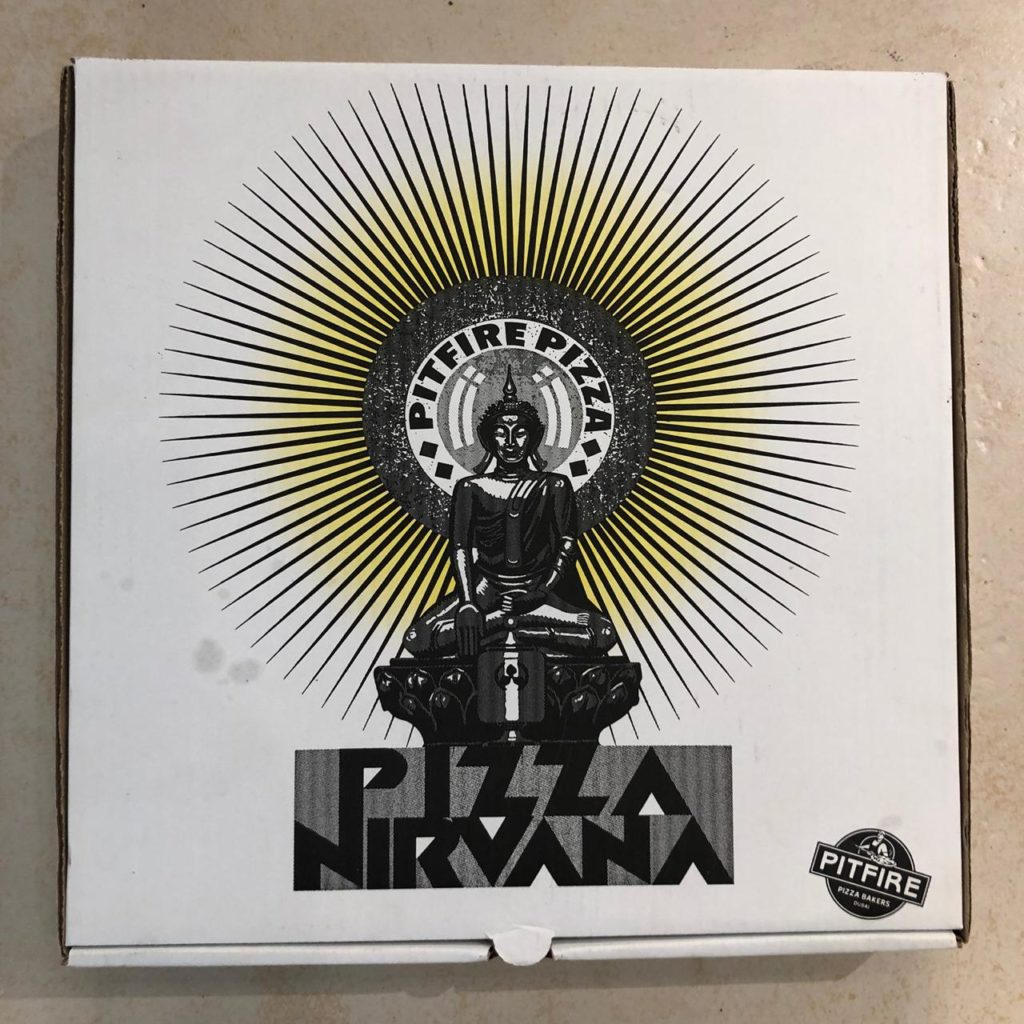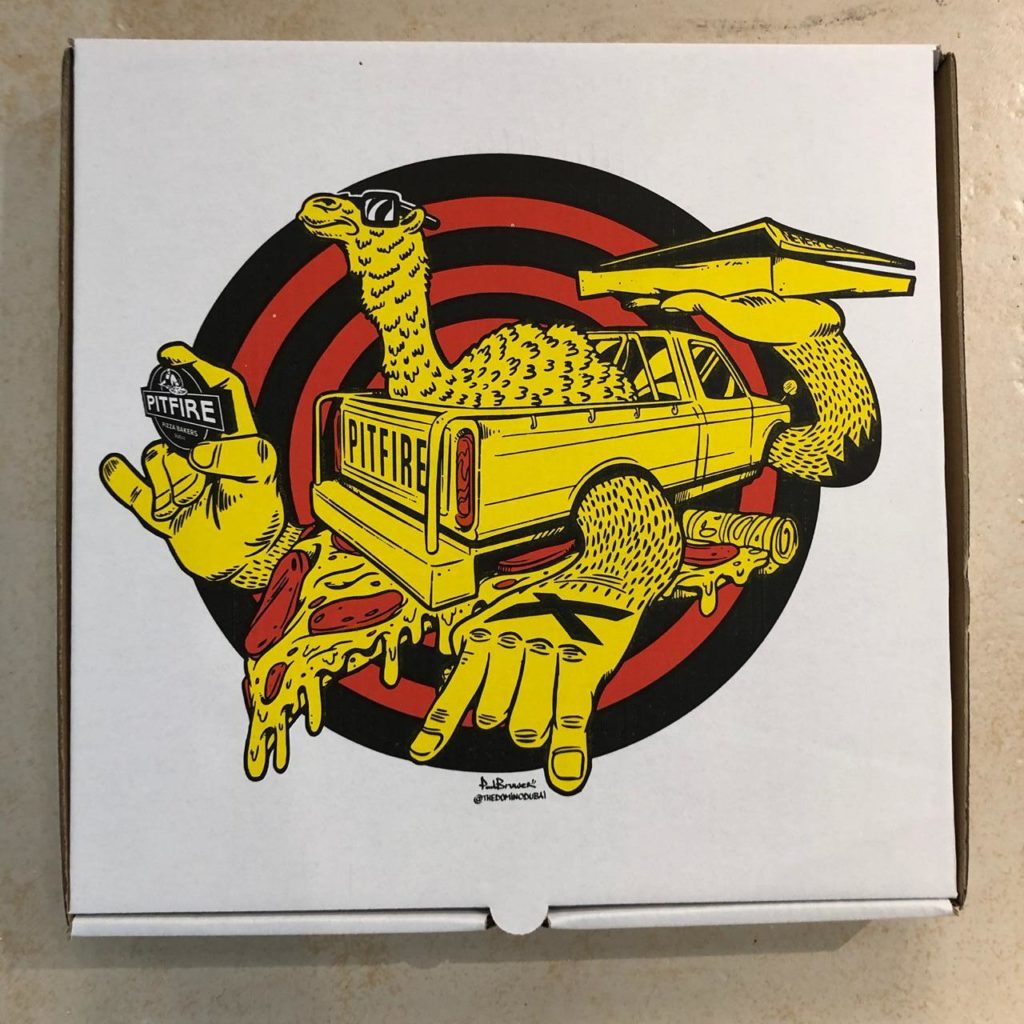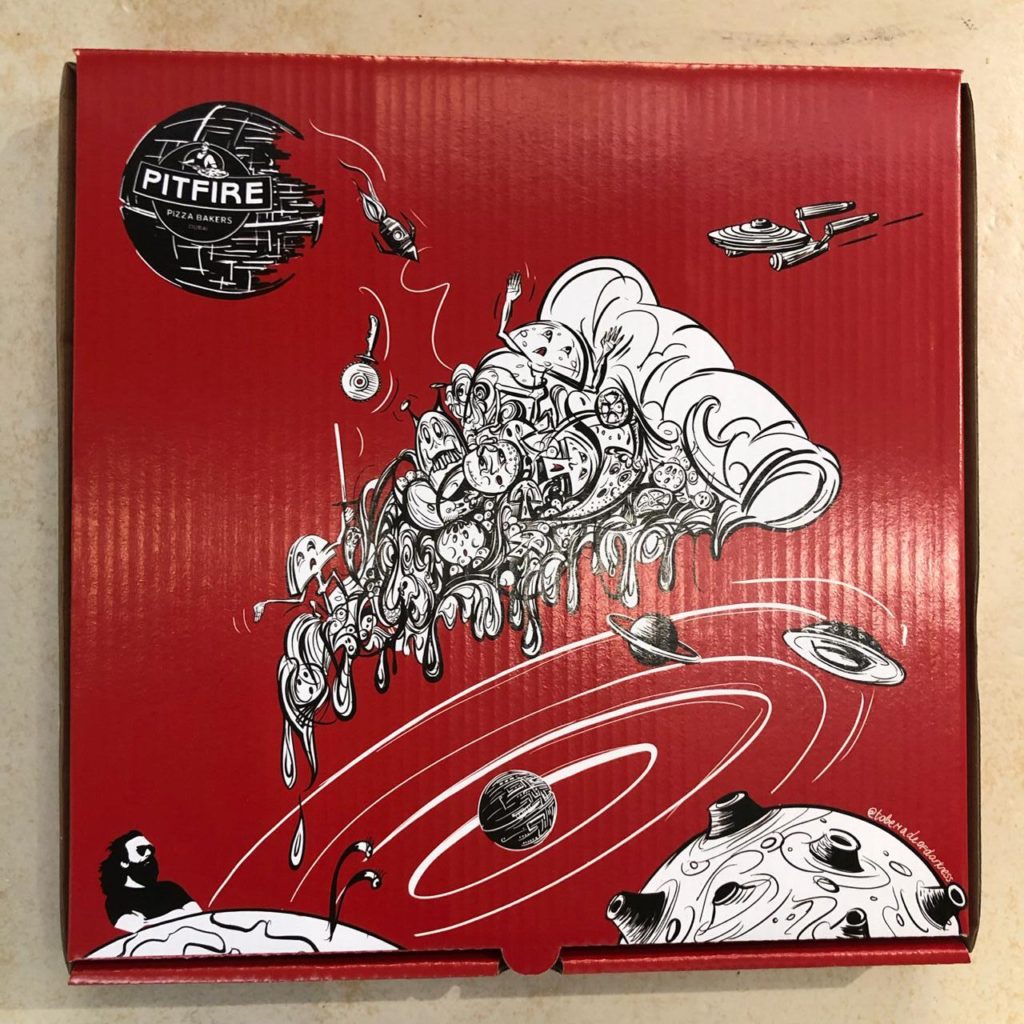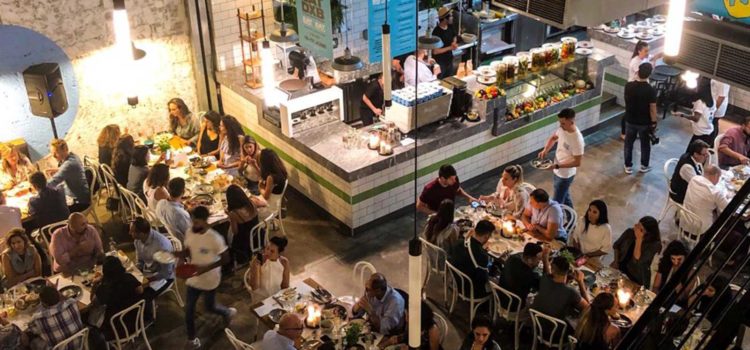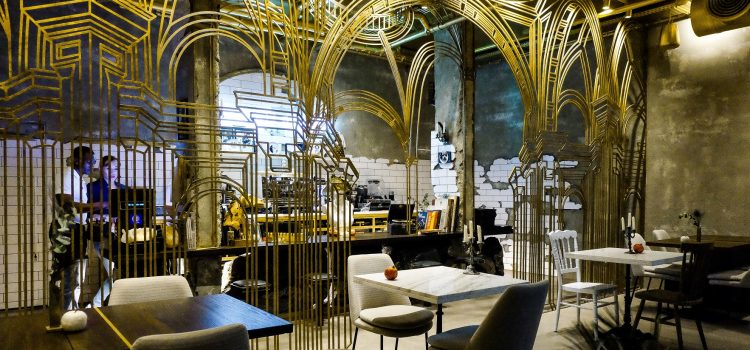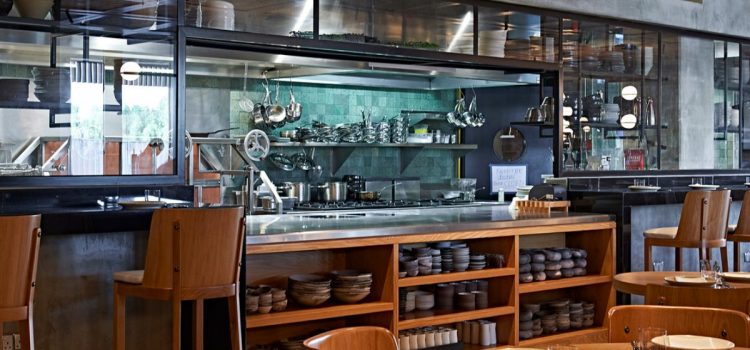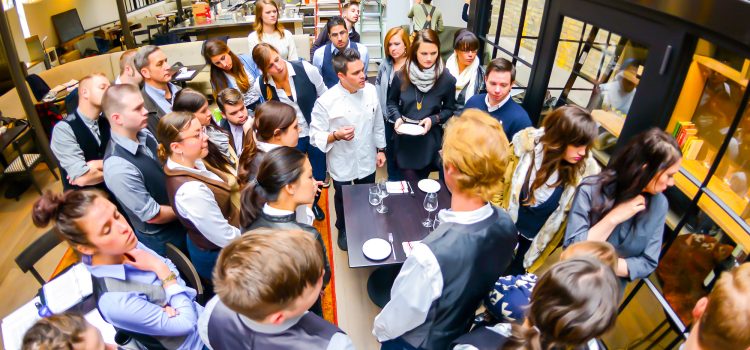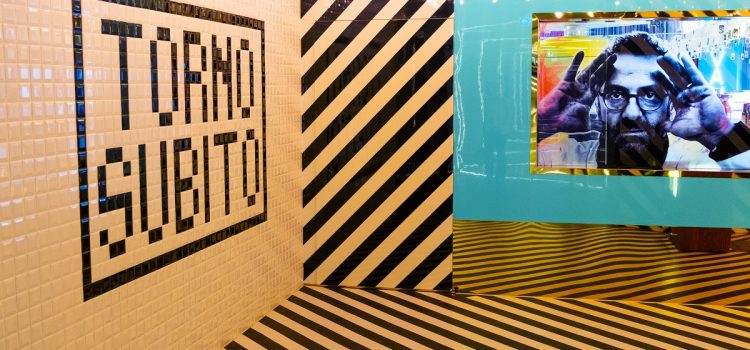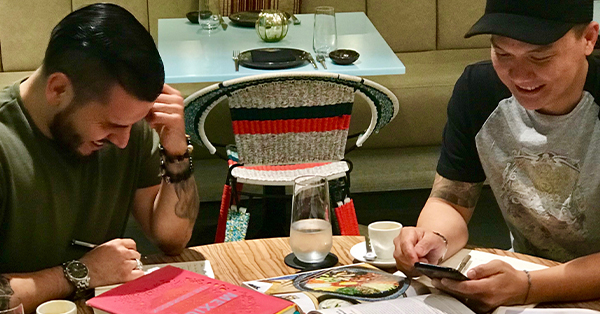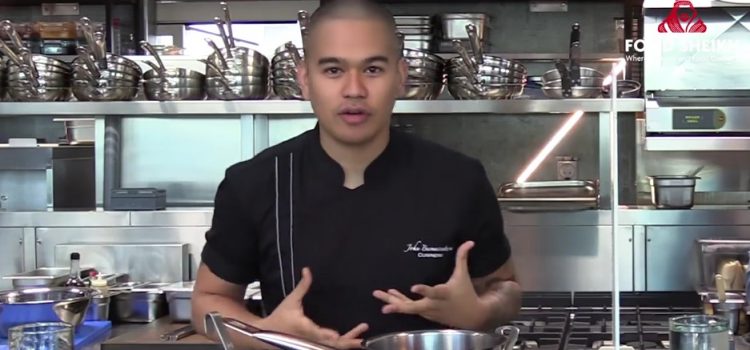The role of the restaurant maître d’ is slowing dying. It has become a critically endangered species in the industry, and it should come as no surprise that it’s one of the most challenging positions to fill in a restaurant. It takes years to accrue the skills needed to be a maître d’. Not only do you need someone who has high-level technical skills and an in-depth knowledge of food and beverages, table service, management, organization, event planning, and time management, but you also need someone who has charm and charisma, a love of service and a genuine heartfelt sense of hospitality and kindness. You show me a restaurant with character and loyal clientele, and I’ll show you a talented maître d’ that runs it.
In an earlier life, I worked at an iconic hotel in Washington, DC for a few years. My family, duty-bound, visited me while I was there. They made two trips, with about 18 months between the two visits. On both visits, we dined at the Willard Room, the hotel’s historic fine dining restaurant, run by the legendary maître d’, Francisco.
Our first meal was made memorable by Francisco pulling out all the stops to make a colleague’s out of town family feel special. He fussed over us and flirted with us and whispered secret anecdotes about the history of the great dining room we were in. He had this old school authenticity that elevated every interaction.
The second time, we walked in without a reservation. Francisco recognised my family immediately, gave a little clap of genuine delight and greeted them individually by name. He danced us to the same table we had on our first visit because he remembered we liked the view. He informed us that he had the Châteauneuf-du-Pape in stock this time and would be delighted to bring us a bottle. He recalled what we ate last time and recommended similar dishes. He was charming and engaged and attended to our table like an artist attending his opus. He was the last great maître d’ that I ever worked with – part gate keeper, part confidant, part concierge. He was the heart and soul of the restaurant.
Sadly, over the years, this position has been replaced by a host or manager who merely makes the rounds at the end of a meal – a ticked box on a check list. The responsibilities have been diluted across several different positions in the restaurant.
Baring a few outliers, it seems the great relationship building skills have been largely forgotten, with a reliance on technology that provides us with speed and efficiency, but often at the cost of quality and authenticity. I’ve yet to see a social media strategy that alone creates long-lasting relationships with their customers. Social media can create awareness, but the real connection is built face to face.
I am a massive advocate for restaurants and food businesses upping their game when connecting with their audience and community, and I urge them all to look within their organisation to see where their heart and soul is. Don’t make the mistake of thinking a maître d’ is an old-fashioned role of an old, stuffy fine dining era. The title may be antiquated, but I would argue that the responsibilities are needed more than ever now.
MacDonald’s have recently spent $300 million acquiring a tech start-up called Dynamic Yield. This technology and its “decision logic” will change the drive-thru experience. As an example, Macdonald’s will scan your car plate, recall your order history, and offer up a screen with your favourite order before you even open your mouth. CEO Easterbrook calls it “mass personalization.” We’re no longer human, but a binary code of behaviour traits, habits, and statistics. Can anyone say Black Mirror Season Now?
Technology and algorithms and A.I are all very impressive and can tell us a great deal about our customers and their habits. However, they can’t tell us everything. They can’t tell us how each guest is feeling at any given meal. They can’t tell us if they’ve had a bad day, or what they are celebrating for, or commiserating over. Life can get messy sometimes, and technology does not work well with human emotions.
Because that’s what it boils down to – an emotional connection, making us feel truly included and welcome and part of something special.
Francisco used to tell me, “make every single person who comes through that door feel like they’re the only ones, and they will always come to see you.”
That’s what a good maître d’ will do. It’s a shame there aren’t many left.





 However, looking locally, there is one Dubai based pizza place that is also creating fun and fresh pizza box artwork. Pitfire Pizza are leading the way in rotating box art and work with some of Dubai’s best known and unknown artists. Their inspiration is to give people a “little artistic solace and good vibes injection every time they order.”
However, looking locally, there is one Dubai based pizza place that is also creating fun and fresh pizza box artwork. Pitfire Pizza are leading the way in rotating box art and work with some of Dubai’s best known and unknown artists. Their inspiration is to give people a “little artistic solace and good vibes injection every time they order.” 